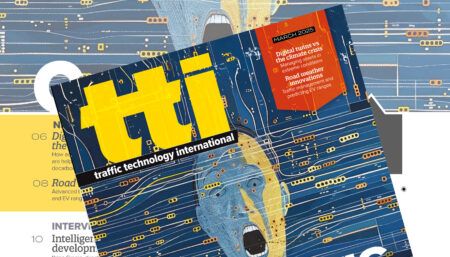A major Scandinavian Cooperative ITS (C-ITS) project that is investigating the use of cloud-based systems to share road surface information is about to expand twentyfold. Volvo Cars, the Swedish Transport Administration (Trafikverket) and the Norwegian Public Roads Administration (Statens vegvesen) are working together on a project that will enable cars to share information about conditions relating to road friction, such as rain, snow and icy patches, through a cloud-based network. The research project is getting closer to real-world implementation, and is moving rapidly towards its goal of making the technology available to customers within a few years. The technology is now in place, and the testing and validation phase is about to begin. Volvo is expanding the test fleet from about 50 cars to 1,000 vehicles, with the test area broadened to include two big Scandinavian cities: Gothenburg (Sweden) and Oslo (Norway). These measures are expected to provide a more complete picture of how the system will work in real winter traffic conditions.
As well as communicating between the test vehicles, the slippery-road alert system also sends information about icy patches to road administrators, as a complement to existing road-weather measurement stations along the road. The data will help road administrators and their contractors to better plan and execute winter road maintenance and quickly address changes in road conditions. The Norwegian Public Roads Administration will also conduct an independent assessment of the system to identify additional uses for the data in aiding future winter road maintenance plans. Together with a cooperative hazard-light warning system, the slippery-road alerts are the first safety features in Volvo’s cloud-based network, which is being developed to use sophisticated communications via the mobile network, as part of the company’s aim to offer customers a fully connected experience.
“The more information that can be shared on the road, the fewer surprises there are. And when you’re driving, surprises are what you most want to avoid,” explained Erik Israelsson, project leader for C-ITS at Volvo Cars. “In light of that, we’ve developed a slippery-road alert, which notifies drivers about icy patches and contributes to making winter road maintenance more efficient. We’re also adding a hazard-light alert, which will tell drivers if another vehicle in the area has its hazard lights on. With these first two features, we have a great platform for developing additional safety features. This is just the beginning. In the future we will have increased the exchange of vital information between vehicles, as well as between vehicles and infrastructure. There is considerable potential in this area, including safer traffic, a more comfortable drive and improved traffic flow.”




